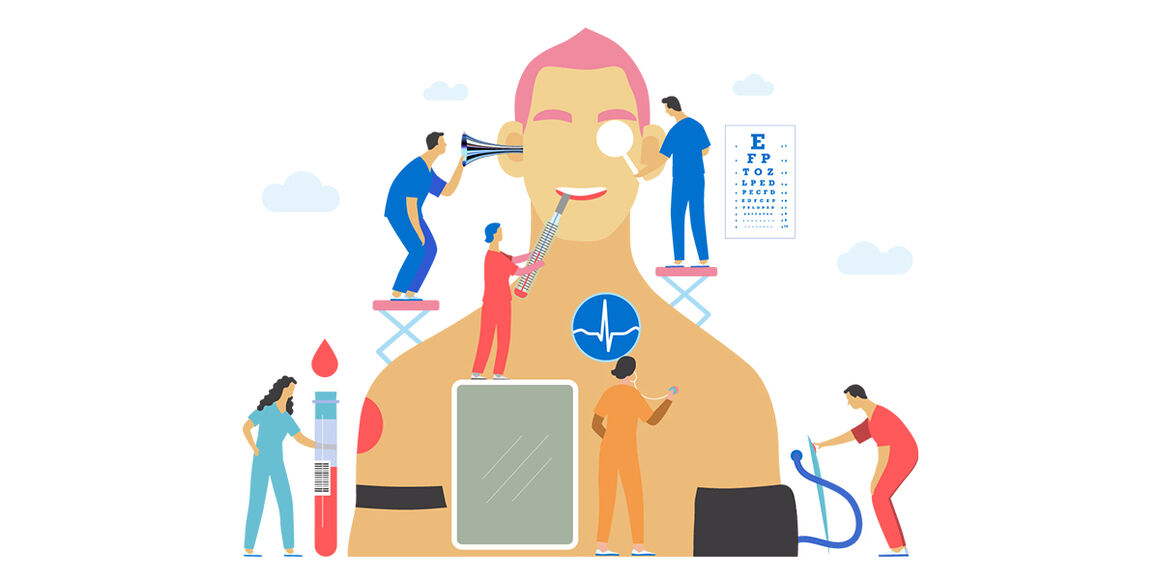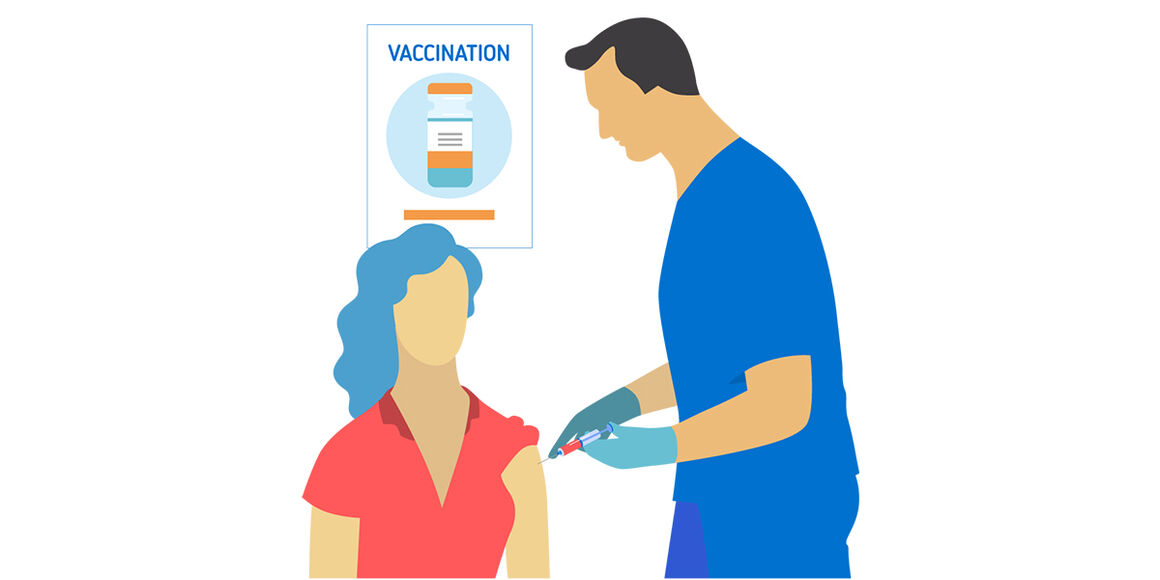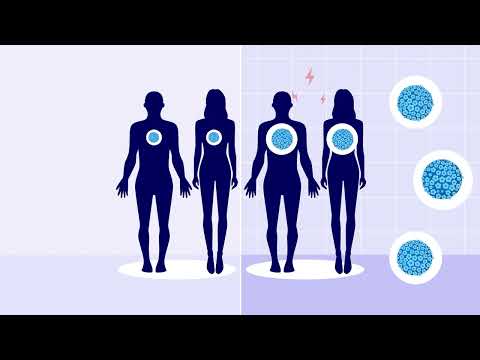Human papillomavirus (HPV)
What is HPV?
Human papillomavirus (HPV) infection is a viral infection that is mainly sexually transmitted by direct contact with an infected person. It is the most common sexually transmitted infection worldwide.
There are more than 100 types of HPV viruses. About 40 of them can infect the genitals. At least 14 HPV types, classified as ‘high risk’, can cause cancer, such as cervical cancer in women. Cervical cancer (cancer of the neck of the womb) is the most common cancer after breast cancer to affect women aged 15–44 years in Europe (1). The ‘high risk’ HPV types can also cause anal and genital cancers, and some cancers of the head and neck, in both men and women. The 'low risk' HPV types can cause genital and anal warts.

What are the symptoms of HPV?
In most cases, an HPV infection disappears on its own without causing any obvious symptoms or problems. However, sometimes the HPV infection can persist and cause after some years some of the complications listed below.
What are the complications of HPV?
If HPV does not go away it may cause:
- cervical or other types of cancer (e.g. vulvar, vaginal, anal penile, and some cancers of the head and the neck)
- genital and anal warts

How is HPV spread?
HPV is transmitted by direct contact, mainly sexual, with someone who has the virus.
Who is at risk of HPV?
Anyone who is sexually active is at risk of contracting HPV.

How can HPV be prevented?
Vaccination of girls and boys against HPV can prevent HPV infections and consequently HPV-related diseases in both sexes, including genital and anal warts, cervical cancer and other cancers caused by HPV. Routine HPV vaccination usually takes place between 9 and 14 years of age, in accordance with the national vaccination schedule.
The use of condoms is not 100% effective in preventing the transmission of the virus. This is because HPV can also occasionally infect surrounding skin that is not protected by the condom.
How is HPV treated?
There is no treatment for the virus itself, but the health problems caused by HPV can be treated in different ways. Genital warts can be treated using medication or by surgery. A healthcare provider should be consulted for advice on the specific treatment options.
Cervical cancer and tissue in the cervix that is described as ‘precancerous’ can be identified early through cervical cancer screening and treated. This is offered to women in accordance with national recommendations. Other HPV-related cancers are also more treatable when diagnosed and treated early, but there are no specific screening programmes for these.
--------------------------------------------------------------------
Reference:
(1) GLOBOCAN - International Agency for Research on Cancer – IARC: https://gco.iarc.fr/today/home
Note: The information contained in this factsheet is intended for the purpose of general information and should not be used as a substitute for the individual expertise and judgement of a healthcare professional.
More factsheets
Diphtheria
Key facts on diphtheria, symptoms, complications, risk factors, how it spreads, prevention, and treatment.
Hepatitis A
Key facts on hepatitis A, symptoms, complications, risk factors, how it spreads, prevention, and treatment.
Influenza
Key facts on Influenza, symptoms, complications, risk factors, how it spreads, prevention, and treatment.

